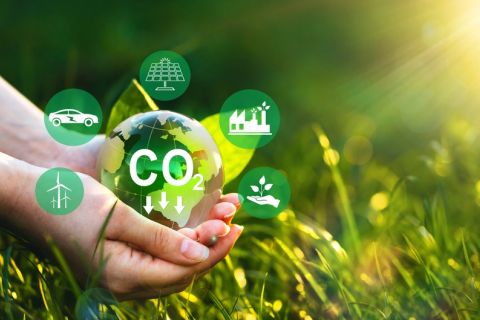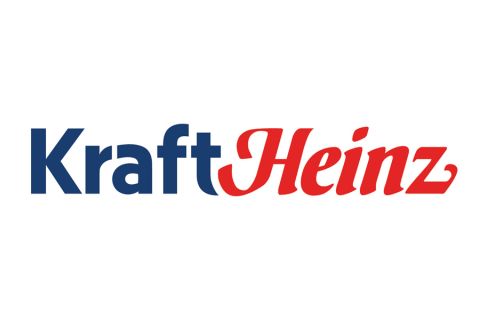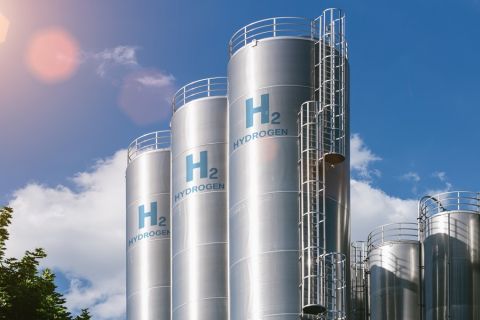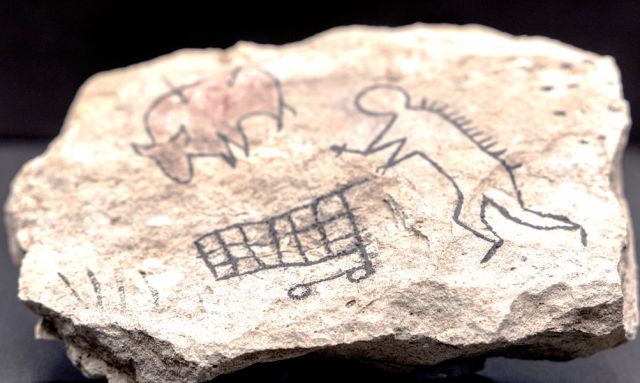
As geoscientists look to define the Anthropocene Epoch, in which humanity is affecting the climate rather than merely being a byproduct of it, some are making the case more data might be a good idea. (Source: Shutterstock.com)
Banksy, the street artist, infamously places “art” within museums, such as a Mona Lisa with an emoji smile inside the Louvre and a painting of a Tesco can of soup in the Museum of Modern Art, adding a wink: “Best before end.”
Each is accompanied with an assimilated wall placard with explanation. The soup remained on display for six days.
Another Banksy, which remained in a British Museum antiquities exhibit for three days, was a block of concrete containing a hieroglyphic of a speared buffalo. In the foreground, a caveman pushes a grocery cart.
The description noted: “This finely preserved example of primitive art … is thought to depict early man venturing towards the out-of-town hunting grounds.”
The 2005 work could represent the Anthropocene Epoch that a working group within the International Commission on Stratigraphy has been
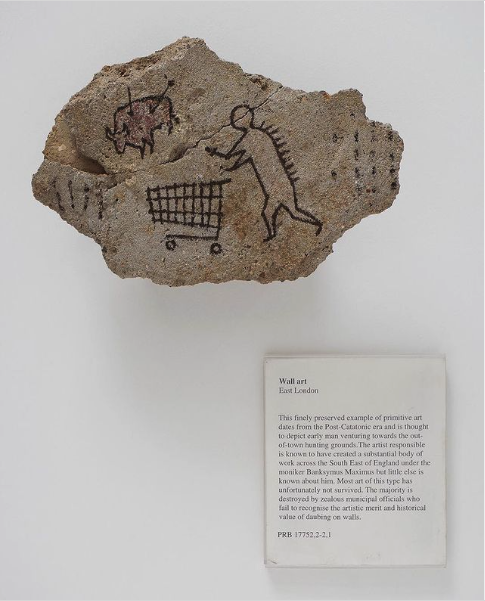
attempting to define.
If the group of geoscientists is successful, the Anthropocene will be declared as having begun in 1950 and the current Holocene Epoch (begun 11,700 years ago) to have ended.
In this new epoch, man is affecting the climate rather than merely being a byproduct of it. The Holocene’s start was at the end of the most recent Ice Age, bringing nutrient-rich, arable land and hospitable oceans.
Another example could be evidence from the recent COP28 gathering, the circus in the desert, where an estimated 70,000 people gathered in Dubai to talk about man’s carbon footprint.
Science-based findings would exclude news reports from it, such as the New York Times’ opinion-presented-as-fact summary that fossil fuels “are dangerously heating the planet.”
John Holdren, science adviser to President Barack Obama, told NPR this summer, “The hubris is in imagining that we are in control.” Holdren believes the Anthropocene started earlier than 1950.
“The reality is that our power to transform the environment has far exceeded our understanding of the consequences and our capacity to change course.”
The late H. Leighton Steward, geologist and chief of Louisiana Land & Exploration Co., was an advocate of more CO2, co-founding PlantsNeedCO2.org in 2009 with Houston’s Corbin Robertson, head of Quintana Minerals.
In 2009, Steward published “Fire, Ice and Paradise,” writing that “this current climate and overall environment are as good as, if not better than, at any other time in Earth’s history.” His point was that a better understanding of Earth’s natural history would point to “what we might be able to do or not do to try to preserve this paradise.”
He told HartEnergy.com in 2009 that his findings on CO2’s role in geologic time are that “ice cores show that temperatures rise before CO2 does, with CO2 lagging by an average 800 years.”
His point: The alleged “cause” in climate change did not result in an “effect.” Yet, “some high-profile people are trying to stiff-arm scientists who believe this and they want no debate on it.”
The growth in climate CO2 has resulted, instead, in faster plant growth, creating sustenance for more people on Earth, he said. “If CO2 levels nearly double, barley would grow faster by 41.5%. Rice growth goes up 34.3%. This is from 152 studies!”
Otherwise, “we can’t feed [everyone] on the existing arable land without converting wildlife habitat to farm land.”
According to NASA, atmospheric CO2 is 412 parts per million, steadily rising from less than 320 ppm in 1960. Also, it has reported that assumptions as to the cause may be unfounded.
For example, rainforests are believed to be net absorbers of CO2 but data are showing they are a net source.
“We’re finding that plant respiration is outstripping their ability to absorb carbon dioxide,” David Crisp, an atmospheric scientist who works in NASA’s Jet Propulsion Laboratory, said in a 2019 article at Climate.NASA.gov.
Meanwhile, non-tropical vegetation is becoming a better absorber. “Things that didn’t used to grow well at high latitudes are growing better and things that were growing well there before are growing longer,” he said.
The absorption is so intense that farms in Central China are “erasing all but a thin strip of fossil fuel emissions along the coast.”
Better data are expected from the European Space Agency’s Copernicus CO2Mission satellite array that is scheduled to be launched in 2026.
Crisp concluded that data are inconclusive without the array. If investing in CO2 to reverse climate change, “wouldn’t you like to know that it worked?”
Recommended Reading
Occidental Reports ‘Great Progress’ on Net-zero Pathway, DAC
2024-02-21 - Most of Occidental Petroleum’s planned $600 million investment in emerging low-carbon ventures for 2024 will go to direct air capture facility STRATOS, CEO Vicki Hollub says.
1PointFive, AT&T Enter Carbon Removal Pact
2024-03-13 - 1PointFive said it is also participating in AT&T’s Connected Climate Initiative to collaborate on carbon removal solutions like direct air capture.
Going Green? Kraft Seeks $170MM from DOE for ‘Delicious Decarbonization’
2024-03-25 - Kraft Heinz, a $43 billion food company, is seeking to reduce its annual emissions by 99% through a Department of Energy grant.
High Interest Rates a Headwind for the Energy Transition
2024-04-18 - Persistent high interest rates will make transitioning to a net zero global economy much harder and more costly, according to Wood Mackenzie Head of Economics Peter Martin.
Tangled Up in Blue: Few Developers Take FID on Hydrogen Projects
2024-04-03 - SLB, Linde and Energy Impact Partners discuss hydrogen’s future and the role natural gas will play in producing it.



